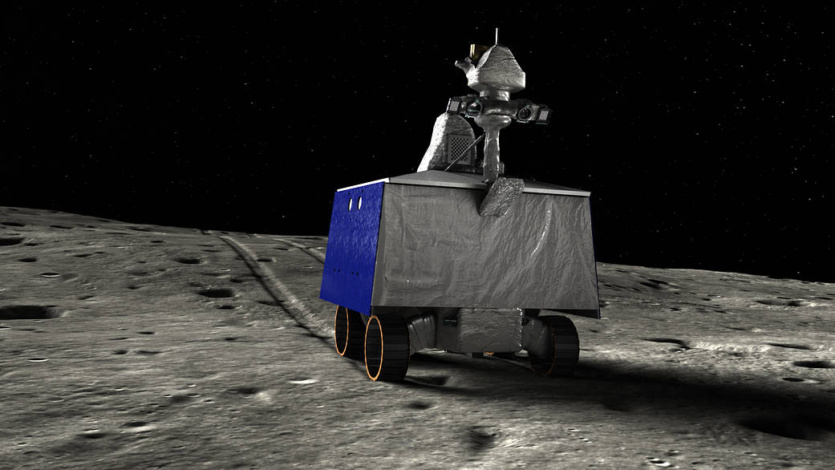
Ever since the instrument of India’s Chandrayaan 1 mission detected water molecules almost 15 years ago, the search for ice at the poles has been a priority in the study of the moon. NASA has now begun assembling a breakthrough instrument, the VIPER lunar rover, ArsTechnica reports.
NASA started building VIPER rover to search for water on the Moon
NASA announced the Volatiles Investigating Polar Exploration Rover (VIPER) mission back in 2019. However, after many postponements, the actual launch date was November 2024.
The lunar rover will be the first NASA vehicle to require headlights for illumination as it explores the dark craters near our satellite’s south pole. The Rover will be different from the technology that works on Mars. It takes 5 to 20 minutes to reach the fourth planet from the Sun, so the rover needs a high level of autonomy. It takes a few seconds to communicate with an object on the Moon, which allows VIPER to operate almost like a drone.
We do science in real time!
– Anthony Colapret, VIPER mission researcher
The darkness is a new challenge for extraterrestrial technology, as VIPER will not be able to charge its batteries using solar panels. Their charge will last for about 50 hours of work, so each visit to the dark crater may be the last.
The Griffin module for landing in the 73-km (in diameter) Nobile crater was developed by Astrobotic. The contract is worth approximately $200 million, including the services of a SpaceX Falcon Heavy rocket.
The assembly takes place in Houston, and 2 of the 3 scientific instruments are already integrated into the lunar rover. The next steps are to fix the solar panels, four 20-inch wheels, and a 1-meter drilling machine. Finally, a mast will be installed 2.5 meters above the surface and a camera system.
Water ice is a pivotal factor for the future prospects of space exploration. It is necessary for the production of electricity, rocket fuel, or can be converted into air to support the life of astronauts. For the first time, signs of water were detected by the Indian mission’s Chandrayaan 1 orbiter in 2009.
NASA VIPER mission facts
- Launch: end of 2024.
- Landing site: Nobile crater at the south pole of the Moon.
- Delivery to the Moon: SpaceX Falcon Heavy rocket and Astrobotic Griffin lander.
- Mission duration: 100 Earth days, covering 3 cycles of lunar day and night.
- Target distance: 20 kilometers.
- Rover size: comparable to a golf cart (1.5×1.5×2.5 meters), weighing 450 kg.
- Onboard instruments: 3 spectrometers and 1 drill.
- Power supply: rechargeable battery charged by solar panels, peak power 450 W.
- Top speed: 0.72 km/h.
- Communication: direct communication with the Earth in the X-band (without retransmission) via the Deep Space Network.

